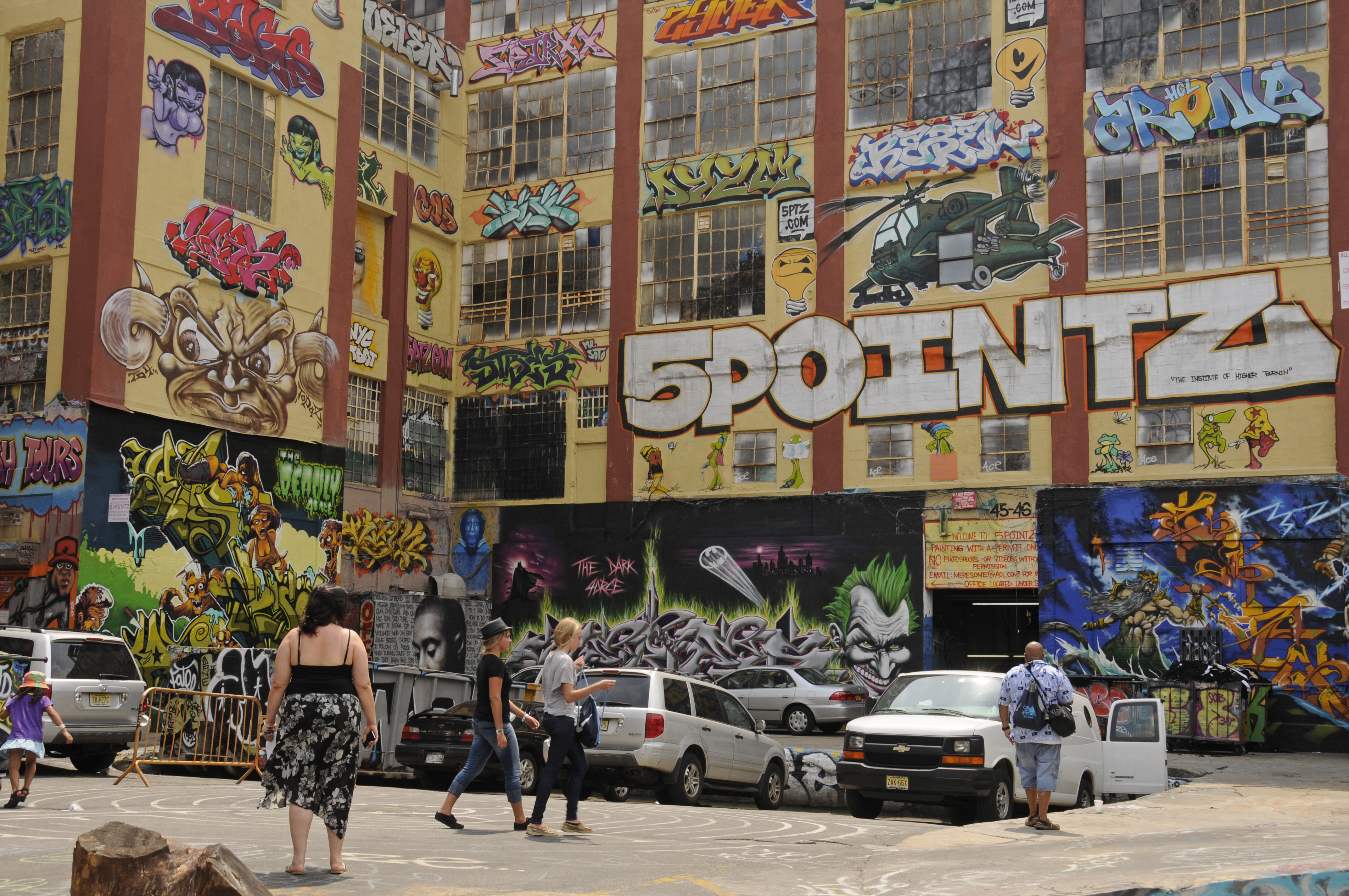
In a sweeping 32-page decision eviscerating the legal arguments of a disgruntled Queens real estate developer, a US Appeals Court affirmed the rights and monetary damages awarded to a group of graffiti artists whose works were destroyed without warning or consent in 2013.
The artists sued the developer, Gerald Wolkoff, in 2013 for violating their rights after he whitewashed their work at the famous 5Pointz graffiti art mecca in New York to make way for condos. A jury ruled in favor of the artists in November 2017, but it was up to a judge to determine the extent of the damages.
In February 2018, Brooklyn Supreme Court judge Frederick Block awarded the artists a total $6.75 million in a landmark decision. The sum included $150,000—the maximum legal penalty—for each of the 45 destroyed works at the center of the case.
The trial was a key test of the Visual Artists Rights Act (VARA), which grants visual artists certain “moral rights” for their work. Previous VARA cases rarely made it to trial, and were instead settled privately.
But the act, which was added to copyright laws in 1990, disallows the modification of works in ways that could be considered harmful to artists’ reputations, and grants protections to artworks deemed to be of “recognized stature.”
No more love in the 5Pointz. Photo: Eileen Kinsella
In his appeal, Wolkoff challenged practically every aspect of the decision by Judge Block, from the amount of the award, to the suggestion that the graffiti murals at 5Pointz merited protection under the “recognized stature” clause.
But Wolkoff was rebuffed on all points in the latest ruling, and the court took the additionally extraordinary step of citing his own lawyers against him. “Wolkoff’s own expert acknowledged that temporary artwork can achieve recognized stature,” according to the decision.
The ruling also took Wolkoff to task for making misrepresentations about how his business would have been harmed if he did not move to immediately whitewash the works. In his arguments, Wolkoff claimed that certain tax credits available to him would have expired if he did not move quickly to paint over the works.
Yet he did not even have a demolition permit for the building when he began his campaign to cover up the murals.
The court also, in two separate instances, took issue with Wolkoff’s assertion that he “would do it again” if faced with the same situation.
“In these circumstances, a maximum statutory award could serve to deter Wolkoff from future violations of VARA,” the decision says. “It could further encourage other building owners to negotiate in good faith with artists whose works are incorporated into structures.”
“It’s just complete vindication,” says expert Renee Vara, who testified at trial for the plaintiffs.
“It doesn’t look like the court struggled with it at all. If 5Pointz doesn’t have the legacy of a space, it has the legacy of allowing creative rights, and artists to be able to pursue them in respectful ways.”
Wolkoff’s attorney did not immediately respond to a request for comment.
Lady Pink, Pink (2007) at 5Pointz. Photo courtesy of the artist.
The court went to pronounced lengths to explain its affirmation of Judge Block’s decision, citing the importance of works by unconventional artists such as Christo and Banksy.
“For example, noted street artist Banksy has appeared alongside President Barack Obama and Apple founder Steve Jobs on Time magazine’s list of the world’s 100 most influential people,” the decision reads.
It also notes that although his images are often painted over, “Banksy’s work is nonetheless acknowledged, both by the art community and the general public, as of significant artistic merit and cultural importance.”
The document goes on to cite the spectacular sale and self-destruction of Banksy’s Girl With a Balloon at Sotheby’s in October 2018: “With Banksy’s street art, the temporary quality of this work has only added to its recognition.”
“The Second Circuit’s landmark decision is a monumental win for the rights of all artists in this country,” attorney Eric Baum, who represented the plaintiffs, told Artnet News via email.
“The artists are humbled by and thankful for the ruling. The 2nd Circuit affirms Judge Block’s thoughtfully reasoned decision that our clients’ art is to be cherished and protected and not destroyed. This decision ensures that future artists and their moral rights will have the protections that they and their works of art rightfully deserve.”
The decision additionally notes that Jonathan Cohen, aka Meres One, “a distinguished aerosol artist,” started working with Wolkoff in the early 2000s, when the developer undertook to install artwork in a series of dilapidated warehouse buildings he owned in Long Island City.
“Cohen and other artists rented studio spaces in the warehouses and filled the walls with aerosol art, with Cohen serving as curator. Under Cohen’s leadership, [5Pointz]… evolved into a major global center for aerosol art. It attracted thousands of daily visitors, numerous celebrities, and extensive media coverage.”
Vara said the final decision was also vindication for Cohen. The court “upheld that Meres One was valid as both a curator and an artist and that his selection had meaning.”